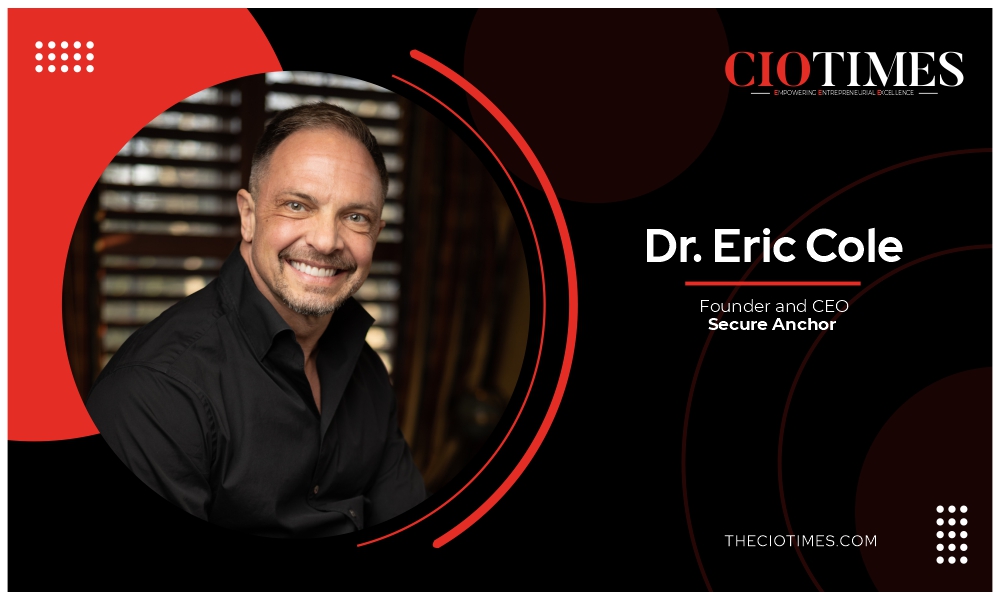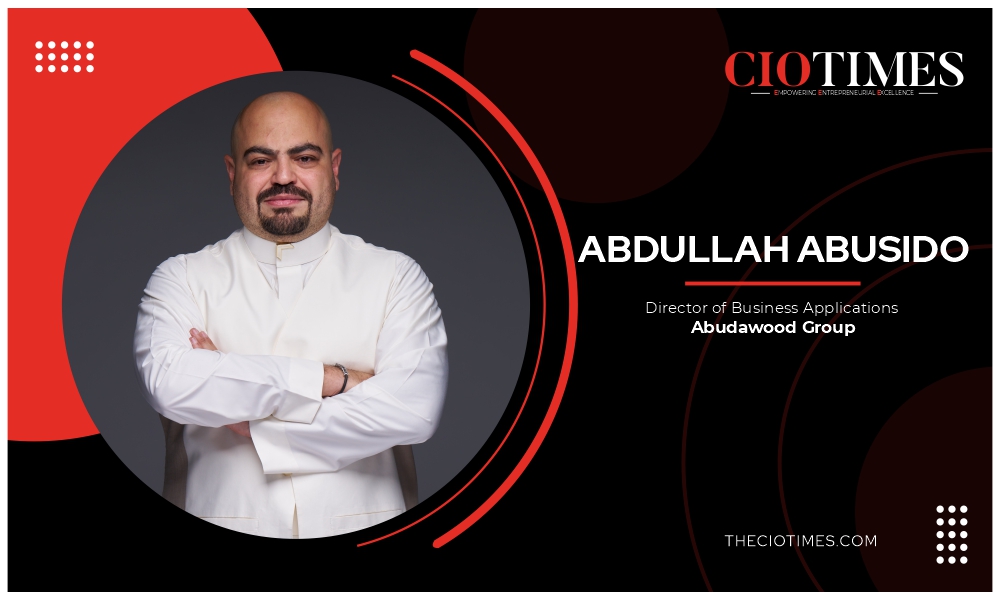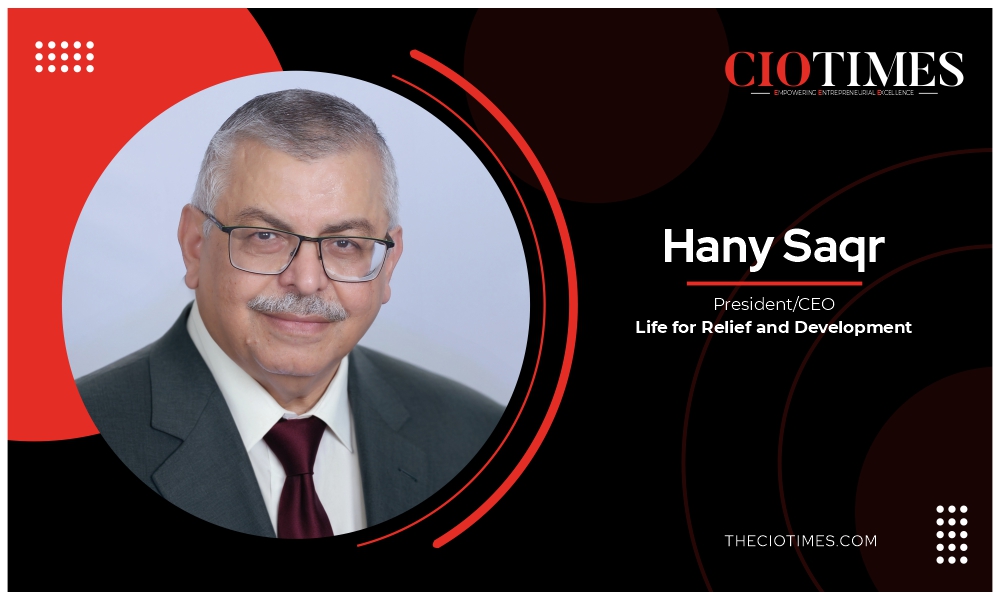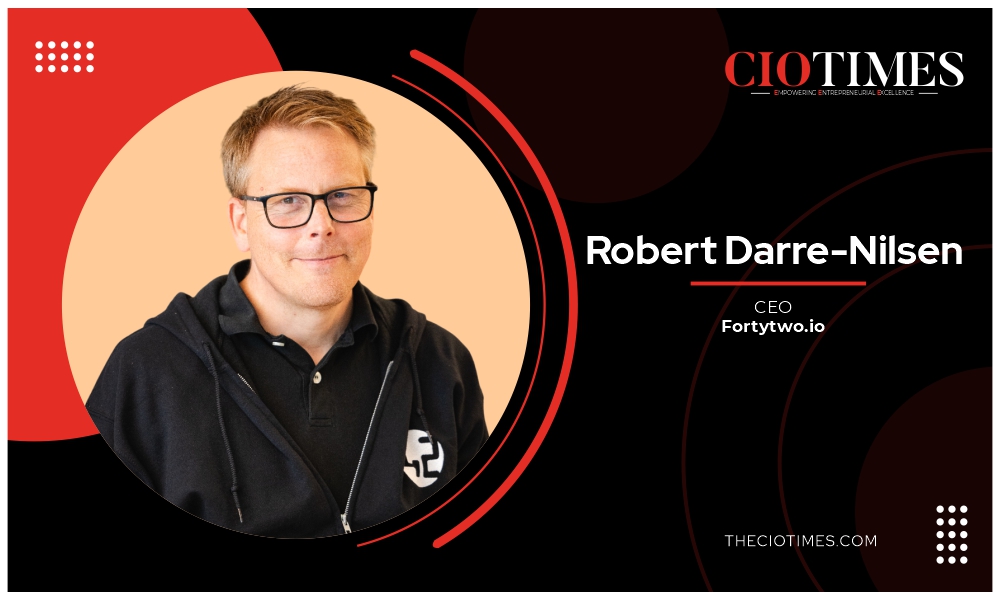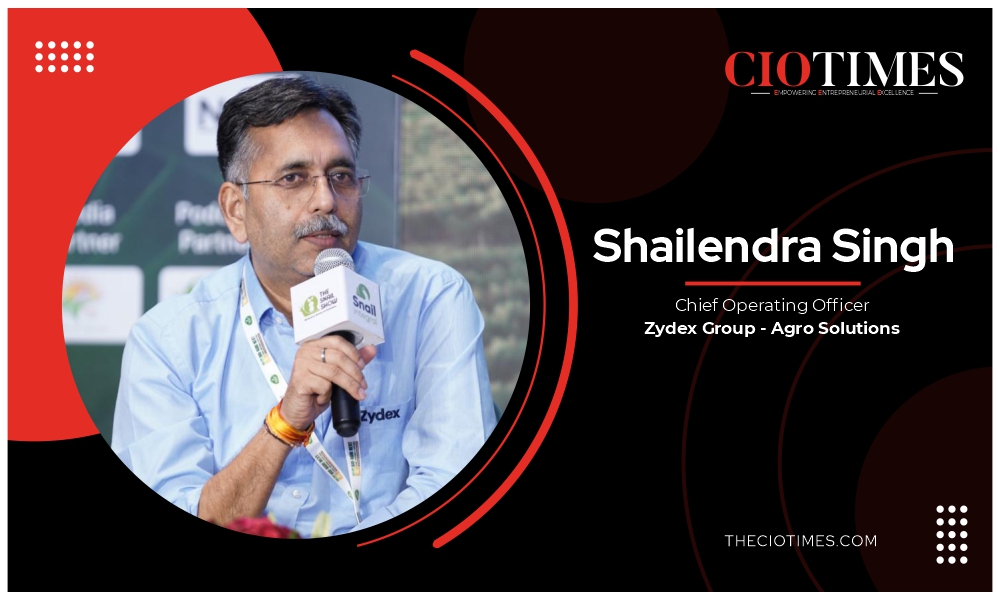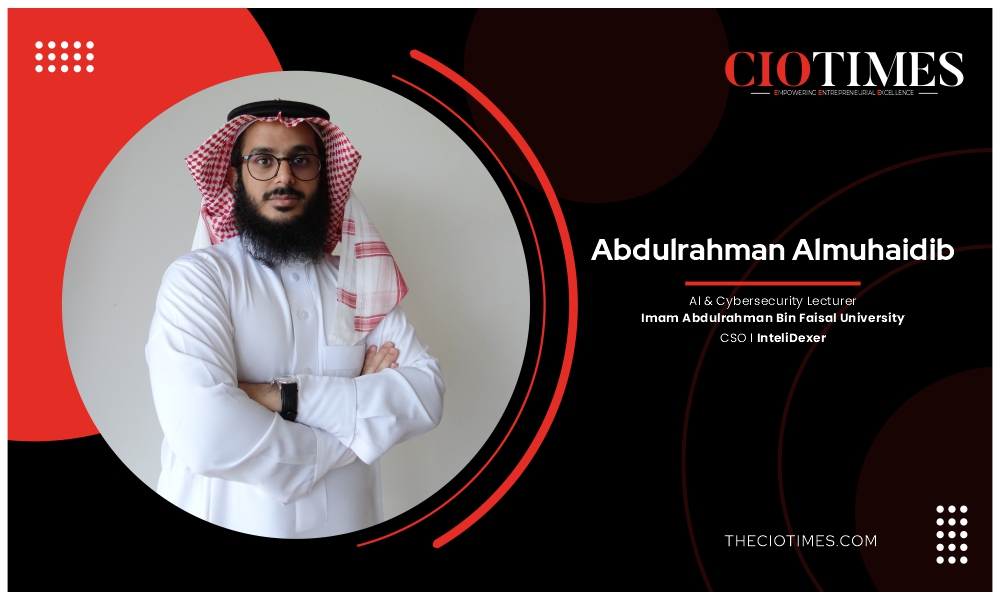At the intersection of customer experience, finance, and agile transformation stands Filiz Akuzun—a Senior Business Analyst whose expertise in Microsoft Dynamics 365 CE is reshaping how organizations engage, evolve, and excel. With a sharp focus on CRM strategy and process innovation, Akuzun brings a rare blend of technical mastery and business insight to every transformation initiative. Her work champions digital empowerment, guiding enterprises through complex change with clarity, empathy, and precision. Whether optimizing CX journeys or architecting scalable solutions, she’s a strategist who turns complexity into opportunity—and vision into measurable impact.
Journey Through Bias, Breakthroughs, and Business Value
Filiz’s professional path has never been a straight line, but rather a constant struggle against stereotypes and structural barriers. As a woman in IT, she had to prove herself from the very beginning. Even as a student, she was often underestimated. Professors would have preferred to see her in female-dominated roles rather than in a technical project team.
At the beginning of her career, Filiz was surprised to find that even among women, competition and envy played a role instead of solidarity and support. Terms like “empowerment” are on everyone’s lips today, but back then, there was hardly any sign of it. It took a while before she found a professional environment where genuine cooperation was possible.
These experiences shaped her, but also made her stronger. They sharpened Filiz’s resilience and sustainably strengthened her ability to assert herself. She has learned not only to survive in male-dominated spaces but also to take a confident stance.
And today, Filiz advises renowned companies on complex CRM strategies, works with international teams, and is the point of contact for projects that require technical know-how, strategic thinking, and empathetic leadership in equal measure. The rocky road has shaped her strengths today.
“I understand not only systems, but also people and processes; I see the potential and, as a whole, I am able to create real added value for companies. And that is exactly what my work is all about,” states Filiz.
Influence-First Approach to Leadership
For Filiz, leadership is not a question of title, but a question of attitude. She realized early on that you don’t have to be in an official leadership position to be a leader. In highly complex projects, it’s often about taking responsibility, coordinating, connecting, and providing guidance. All of that is leadership.
Especially in large transformation projects, Filiz has learned how important it is to lead situationally: toward the department by actively providing impetus, contributing her own ideas, and helping to develop strategic visions; toward the most important stakeholders by building bridges between requirements and feasibility; and toward IT by working with the development teams to create viable solutions.
For Filiz, leadership is not linked to positions and titles. She doesn’t see leadership today as a functional role model – for her, leadership is the ability to exert real influence. Influence over which issues become visible in the company. Influence over how projects progress, how people work together, and what priorities are set.
“Those who manage to contribute to the company’s success with relevant content take on responsibility and lead. This form of leadership, independent of formal power, shapes my self-image today,” asserts Filiz.
End-to-End CX Expertise
Filiz works as an independent customer engagement and experience consultant. As a freelancer, she selects her projects carefully, acquires and wins them independently, and leads them to success with the utmost sense of responsibility.
Her focus is on designing and optimizing holistic customer experiences—from strategy and process analysis to operational implementation. Filiz works with companies to make their customer touchpoints consistent, appreciative, and digitally intelligent.
Companies work with her because they are looking for reliability, professionalism, and, to the same extent, pragmatism and quick solutions. With this attitude, Filiz helps her clients save a lot of money because they get faster go-to-market and easier-to-maintain solutions, and achieve high customer satisfaction because they offer stable, high-quality services.
“My clients appreciate that with me, they not only gain expertise, but also a passionate and empathetic partner who is fully committed to the success of the project,” says Filiz.
Aligning Systems with Human Expectations
In Filiz’s work, the focus is always on people, not the system. Technological solutions are only effective if they address the real needs of customers. That’s why she sees her role not only as an analyst but also as a strategic translator between technology and customer experience.
It sounds trivial, but one of the most important tasks in her job is to constantly challenge customers and question their requirements. Why is this requirement so important to you? What do you want to achieve with it? Why do you think you will achieve your goal this way? Have you also considered and evaluated alternative solutions? It often turns out that the requirement is no longer just a requirement but is already part of the solution.
“I think it’s wise to work on a solution to a problem with the support of all the experts in the project, rather than – usually subconsciously – packaging desired solutions into requirements. In this way, I ensure that all perspectives are heard and considered. As a result, we not only develop the right solutions but also shape and influence customer expectations together,” shares Filiz.
Smart Solutions with Dynamics
For businesses looking to use tech solutions to enhance customer engagement and streamline business processes, it is important to understand that the journey begins much earlier. One has to first have to understand what they want to achieve in the long term, then what the goals and obstacles are along the way, then work out potential solutions, and only then are these solutions mapped to technologies.
This is where Microsoft Dynamics 365 comes into play, because the platform has enormous potential to solve complex problems with simple means. The low-code platform basically provides all the tools you need to develop scalable and robust solutions in the shortest possible time. If you can’t get any further with the standard tools, you can also use custom code, but if you design the solutions smartly, this rarely happens.
The out-of-the-box integration into the entire Microsoft 365 world is particularly helpful, where you might have to set up a separate project with other platforms. But other systems can often be integrated without code, provided the integration requirements are not too complex. For Filiz, this is real added value for customers and a great way to minimize project costs.
It gets even more exciting when you work on all the new topics related to Copilot. Intelligent solutions will be state-of-the-art in the very near future. The way we work with our business applications will change fundamentally. With Copilot, Microsoft gives us the opportunity to become pioneers in this new world and to think about solutions that have never existed before.
For Filiz, successful work with Dynamics 365 always starts with a precise analysis: Where are the real pain points? What do teams need to be able to work smoothly? And how can technology help them not only work more efficiently, but also more happily?
She uses Dynamics 365 as an intelligent tool to create precisely this added value: a working environment that is easy to understand, intuitive to use, and tailored to the actual everyday life of employees. Because a positive work experience directly translates into customer relationships – and thus into the quality of the shopping experience.
Whether it’s sales, marketing, or service, Filiz adapts Dynamics 365 so that the systems don’t add to the workload but rather reduce it. For her, it’s not about introducing tools, but about shaping the experience along the entire value chain. “I measure the success of my customers by how often I hear, ‘This finally makes sense – and it’s fun,’” says Filiz.
Collaboration for Success
Working with cross-functional teams is a central part of every project for Filiz, and at the same time, one of the most challenging disciplines. Different ways of thinking, priorities, technical languages, and sometimes even cultural backgrounds come together. This is exactly where she sees her strength: She creates connections.
Between the business, which formulates goals, and IT, which makes them a reality, she speaks both languages. She ensures that visions are translated into clear requirements and that technical solutions also serve the users.
International projects often require additional intercultural sensitivity. Filiz pays attention to nuances, team dynamics, and unspoken expectations, and addresses them gently but clearly.
What sets her apart in collaboration is Filiz’s ability to bring structure to complexity, clarify roles and responsibilities, and resolve conflicts constructively. She works with empathy and goal orientation in equal measures because trust and clarity are the keys to success.
“Ultimately, it’s not about who is right, but how the team can move forward together. My role is to enable this joint progress – professionally, personally, and strategically,” she says.
Listening for Meaningful CX Transformation
For Filiz, customer experience doesn’t start with an idea, but with listening. User feedback and interaction data are not a by-product, but the central compass of her work. She analyzes not only what users say, but why they say it, and incorporates these insights into strategy and implementation in a targeted manner.
In practice, this means that she closely observes how users behave on digital interfaces – where they click, where they abandon, what they overlook or use particularly frequently. Filiz combines these behavior patterns with direct feedback and derives concrete improvement measures from them. This not only makes digital experiences more intuitive but also measurably more successful.
Filiz works closely with various departments to ensure that these insights do not get lost but are actually incorporated into product development, communication, and service. Her goal is that every change to a touchpoint should not only look better but also feel noticeably better for the customer.
Emerging Trends for Next-Gen CX and CRM Platforms
Customer experience management is undergoing a transformation – from reactive measures to proactive, intelligently controlled customer experiences. For Filiz, one of the most significant trends is the use of artificial intelligence, especially in the real-time analysis of customer behavior. This enables companies not only to react more quickly, but also to create personalized experiences before a problem arises or a request is made.
At the same time, there’s a clear shift toward seamless omnichannel experiences. Today’s customers expect consistency, whether they interact with a company via email, chatbot, phone, or app. Modern CRM platforms must therefore not only centralize but also intelligently link what used to work in silos.
Another relevant trend, shares Filiz, is self-service with an exciting UX. Customers increasingly want to act autonomously – but not anonymously. Successful CRM systems today create interfaces that are simple, efficient, and yet empathetic. This combination of technology and humanity often determines loyalty.
AI, Empathy, and Autonomy
Artificial intelligence and automation are fundamentally changing the way we work and, incidentally, the way we organize our everyday lives. For Filiz, the great opportunity lies not only in making processes “faster” or “cheaper,” but in working more intelligently: data-driven, forward-looking, and with real added value for customers.
In business analysis, AI can take on repetitive tasks and uncover patterns that remain hidden to humans. This gives us time and space for what really matters: strategic decisions and human interpretation. Filiz also uses AI to gain new information and insights into current topics, to gain more depth, and to learn about new subject areas.
In the CX area, AI opens up new possibilities for hyper-personalization. Automated journeys, smart recommendations, context-sensitive communication – all of this can be controlled in such a way that customers feel understood without it feeling like a machine.
For Filiz, AI is generally an opportunity to fundamentally question processes and possibly redesign them completely. Compared to what is possible today, previous so-called transformation projects were basically just soft optimization initiatives. Never before has the opportunity to create something new been as great as it is today. This also applies to the experience that customers have with companies.
“But – and this is important to me – technology is never an end in itself. Automation must never lose sight of the human aspect. I use AI consciously and in moderation to relieve the burden on employees, simplify processes, and make customer experiences more emotional and relevant,” shares Filiz.
Future of Intelligent Customer Experience
Filiz sees her future where strategic thinking, humanity, and technology meet, and it is precisely in this area that she would like to work in the coming years. As an independent customer experience & engagement consultant, she would like to further expand her position in terms of content, methodology, and visibility.
A key goal is to contribute her expertise to larger programs and transformation projects where CX is not just one aspect, but a central success factor. At the same time, she wants to further sharpen her own profile: through thought leadership, targeted publications, a stronger presence at specialist conferences, and possibly also by building a small, specialized network or collective.
“I believe in sustainable growth, in the sense of deeper, more focused, more effective. The best projects don’t happen by chance, but through clarity and trust. That’s exactly what I want to continue building in the coming years,” concludes Filiz.
“Leadership is not about holding a position – it’s about influencing with empathy.” – Filiz Akuzun
“This quote accompanies me because it reflects my own understanding of leadership. I believe that change can be brought about through attitude, ideas, and responsibility – regardless of formal titles.
This type of leadership drives me: clear, human, and effective.”




